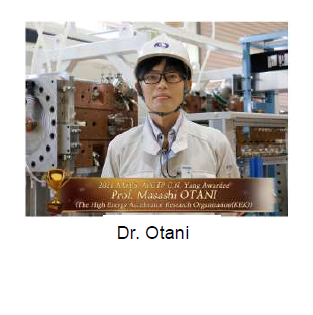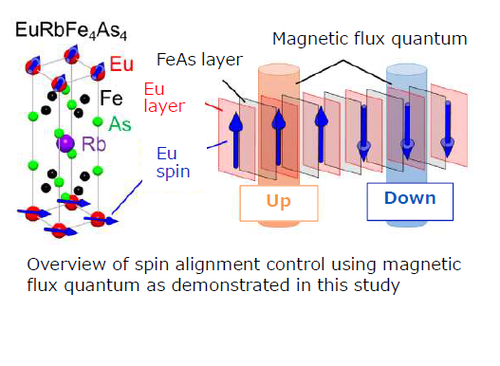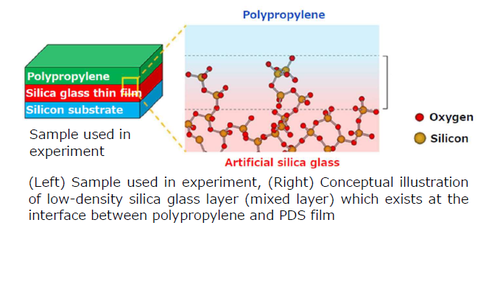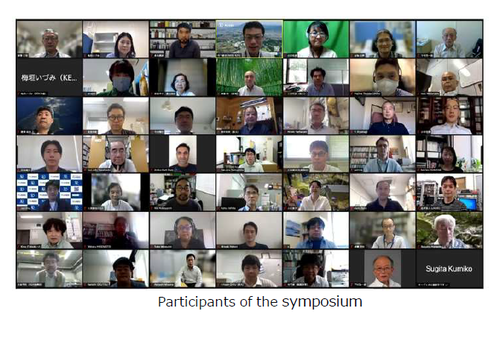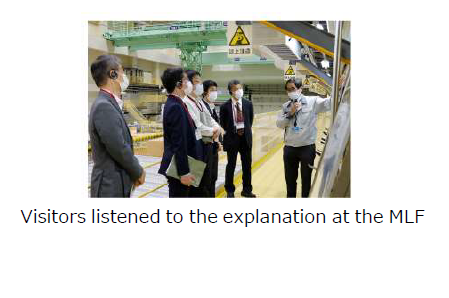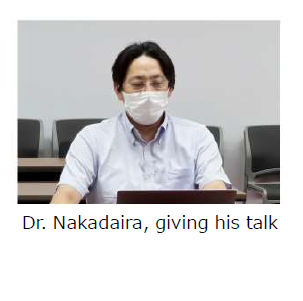J-PARC News October 2021 (Issue #198)
■Dr. Otani of the Accelerator Division Wins C. N. Yang Award
Dr. Masashi Otani of Accelerator Section VII has won the C. N. Yang Award for developing a muon linear accelerator and achieving muon acceleration for the first time in the world. This award was established to honor the achievements of Dr. Chen Ning Yang, a recipient of the Nobel Prize in Physics and first President of the AAPPS. Its purpose is to honor young researchers with prominent research achievements and to promote the development of leaders in physics in the Asia Pacific region.
Muon acceleration is one of the issues in the field of high energy physics that has not been realized yet, despite the fact that it has been continuously discussed due to its potential. He succeeded in high-frequency acceleration of muons for the first time in the world by a unique combination of muon cooling by generating negative muonium ion (bound state of positive muon and two electrons) and by using a radio-frequency quadrupole linear accelerator (RFQ). In this method, he has demonstrated the deceleration of muons down to less than 1 keV by simply injecting muons into a thin metal film, and the acceleration and bunching of muons by the RFQ, which is a unique method to solve decades-old problems in a limited experimental environment. Muon acceleration technology is essential for experiments to precisely measure the muon's anomalous magnetic moment, for which preparations are underway at the J-PARC Materials and Life Science Experimental Facility (MLF). Development of a muon linear accelerator based on this technology is in progress, including actual equipment fabrication and detailed design.
■Achieving Control of Spin Alignment in a Superconductor: Applications are Expected in Areas such as High-Speed, Low-Power-Consumption Superconductor Memory (September 7, Press Release)
Active research and development are being conducted on quantum technology, which uses the unexpected phenomena that occur in the world at or below the molecular or atomic level described by quantum mechanics. For example, superconducting materials are attracting attention as a way to realize quantum bits (qubits) in quantum computers, while at the same time progress is being made on memory functions and other technologies using magnetism (spin: the property of magnets deriving from electrons in a material). If superconductivity and magnetism can be used together, it should lead to improved performance of quantum computers, and creation of new memory functions. However, it is hard for superconductivity and magnetism to coexist in the same material.
Dr. Shigeyuki Ishida, Researcher at the National Institute of Advanced Industrial Science and Technology (AIST), and colleagues have investigated information on magnetism inside a material through neutron magnetic diffraction experiments using the Extreme Environment Single Crystal Neutron Diffractometer (SENJU) at J-PARC, focusing on the iron-based magnetic high-temperature superconductor EuRbFe4As4 for which coexistence of superconductivity and magnetism has previously been discovered at high temperatures. If a strong external magnetic field is applied to this material, the magnetic field penetrates into the material, and is discretely captured inside the material in a quantized rather than uniform state (magnetic flux quantum), and the spin directions in the material are aligned due to these quanta. In violation of previous predictions, this research showed that spin alignment is maintained by magnetic flux quanta captured inside the material even if the magnetic field is returned to zero. Spin alignment inside the material was also successfully controlled by using magnetic flux quantum. This research is expected to help realize superconducting circuit devices with high speed and low power consumption.
■Using Neutrons to Close in on the Unexpected Function of "High Bonding Performance" at an Artificial Glass Boundary Interface: Non-destructive Precision Analysis of Glass Coating Films Using Polarized Neutron Reflectometry (September 21, Press Release)
A ceramic precursor inorganic polymer (PHPS), currently attracting attention as a surface coating material, is an outstanding material that easily changes into a high-purity silica glass film (PDS film) in the air at room temperature, but it has been a mystery why a silica glass coating film with high bonding performance can be formed on diverse materials. Neutrons have excellent ability to pass through materials, and this enables analysis of PDS films embedded deeply inside a sample. Neutron reflectometry enables non-destructive structural analysis of thin films, and is a powerful method for investigating this riddle. However, neutrons have the property of being subjected to incoherent scattering due to hydrogen in the sample (non-diffraction scattering due to the material), and raising the background.
Kazuhiro Akutsu, a technician at the Comprehensive Research Organization for Science and Society (CROSS), and colleagues have developed a method of acquiring high-quality neutron reflectivity data by removing the background via a neutron polarization analysis method at the Polarized Neutron Reflectometer (SHARAKU) of J-PARC. Measurement using this method has shown that a silica glass / polypropylene 'mixed layer' about 4 nm thick is also formed on the surface of the high-density silica glass layer in the PDS film, and it was discovered that this plays an important role in the high bonding performance. Going forward, these findings will be used in research and development on PHPS coating methods for natural resource materials such as cellulose. The technology for the neutron polarization analysis technique developed in this research is expected to contribute to the elucidation of the structure and function of various materials.
■Formation of a Collaborative Alliance of Industrial-Academic Facilities Active at Multiple Quantum Beam Facilities: Aiming to Develop Quantum Beam Users in Industry and Maximize the Results of Industrial Use (September 30, Press Release)
Academic researchers primarily from Kyoto University, 16 companies in the polymer, soft matter, and other industries, and three large quantum beam facilities (SPring-8, JRR-3, and J-PARC) have joined together to form an industry-academia-facility organization called the "Quantum Beam Analysis Alliance" (Representative: Mikihito Takenaka, Professor, Institute for Chemical Research, Kyoto University). The aim of the alliance is to develop quantum beam users in industry, and maximize the results of industrial use of various types of quantum beams. In June of this year, joint experiments and technical training on neutron reflectivity measurement were carried out at the MLF, and there were activities aimed at helping participating corporate members to master techniques using quantum beams. In the future, we will continue to promote collaboration, and strive to achieve outstanding results through industrial use of quantum beams.
■5th Symposium Integration of arts and sciences, using Quantum beams Held (September 9 – 10)
The world's strongest negative muon beam is produced at the MLF of J-PARC, and this beam can be used for research in the humanities such as examining cultural heritage. To promote research combining humanities and science, the Institute of Materials Structure Science of the High-Energy Accelerator Research Organization (KEK) holds symposiums to bring humanities and science together. At these events, researchers who use synchrotron radiation, and neutron and negative muon beams, come together to give presentations on archaeology, analytical techniques, and other topics. This symposium has been held since fiscal 2019, and the 5th symposium entitled “Integration of arts and sciences, using Quantum beams”, was held online.
At this symposium, participants included researchers specializing in quantum beams, scientific researchers in the areas of archaeology and cultural properties from universities, museums, and other institutions with an interest in non-destructive analysis, as well as ordinary people. There were 82 registered participants, and 14 oral presentations. A variety of analyzed objects were presented including rocks from the asteroid Ryugu, earthenware, stone implements, bronze artifacts, DNA, glue ink, pictures, and Japanese swords.
■Special Exhibition at the National Museum of Nature and Science Ended
The special exhibition "Particle Accelerators - Exploring the Tiny World with Huge Machines," which opened on July 13, finished on October 3. There were 78,272 visitors during the exhibition period, despite the COVID-19 pandemic.
Thank you so much for coming to our exhibition.
■Inspection by Director-General Yura of the Reconstruction Agency (October 1)
Hideo Yura, Director-General of the Reconstruction Agency, and four others visited the Nuclear Science Research Institute and inspected the MLF of J-PARC. Hiroyuki Oigawa, Executive Director of the JAEA, Junji Haba, Executive Director of KEK, Akira Endo, Director General of the Nuclear Science Research Institute, or Takashi Kobayashi, Director of the J-PARC Center explained them about the overview. Mr. Yura asked technical questions regarding neutron generation and radiation protection, especially neutron beam irradiation time and shield specifications.
■J-PARC Hello Science "Producing Many Neutrons for Investigations" (September 24)
Due to continuation of the state of emergency in Ibaraki Prefecture, the J-PARC Hello Science event for September was held online, and there were 24 participants. The instructor was Dr. Takeshi Nakadaira of the Particle and Nuclear Physics Division.
Neutrinos are extremely small elementary particles with no charge. Therefore, they almost never interact with other matter, and are hard to observe. Also, there are three types of neutrinos-electron-neutrino, muon-neutrino, and tau-neutrino—and a phenomenon called neutrino oscillation whereby each kind of neutrino changes into other types as it travels through space. Muon-neutrinos produced artificially at J-PARC are sent in the direction of the Super-Kamiokande in Gifu Prefecture, 295 km away. These neutrinos have been directly observed changing into electron-neutrinos, a world first. An experiment is currently being conducted involving generation of antineutrinos, directing them toward Super-Kamiokande, and causing antineutrino oscillation, so differences with neutrino oscillation can be clarified. The objective is to confirm the phenomenon of CP symmetry breaking, thought to be the key to solving the mystery of why the antimatter produced at the creation of the universe no longer exists. The instructor also explained the Hyper-Kamiokande facility, which will be capable of detecting more neutrinos, and improvement of the performance of the neutrino facilities for producing more neutrinos so that more precise experiments can be carried out in the future.
<Information>
■J-PARC Online Facility Open House 2021
"We'll Be Visiting J-PARC Online Again This Year: Let's Take a Look at Things You Can't Ordinarily See
Live streaming on YouTube will begin at 10:00 on November 13, Sat.
The facility open house will be held online this year too. There will be a live stream from experimental facilities that can only be seen because the event is online, talks by researchers, a special lecture, and a session for asking researchers questions. Also, an introductory video, project videos, and other features will be uploaded for kids.
On this occasion, please subscribe to our following channel! https://www.youtube.com/channel/UCxaKE2SEegh0qVc1n2PMDaQ
*** This event ended successfully. Let’s meet up again next year! ***
■Sanpo-michi #16: Hundreds of Crows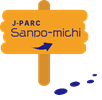
When the sky glows with sunset colors, we can see crows gathering on the power transmission towers. In spring, crows build nests and live in family units and rear their young, but from fall to winter, they gather on power lines before darkness falls, and head back to their roosts together. Various theories have been given for why they first meet up on power lines: to exchange information on the location of food, to check among themselves whether there are natural enemies at their roosts, or to find new partners.
It's a moving thing to see a few hundred jet black crows packed densely on power lines with the orange sky as a backdrop.
Each time I look at the ocean, mountains, or sky from the J-PARC Research Building, the feelings inspired by nature and the seasons add a pleasant accent to my daily life.

